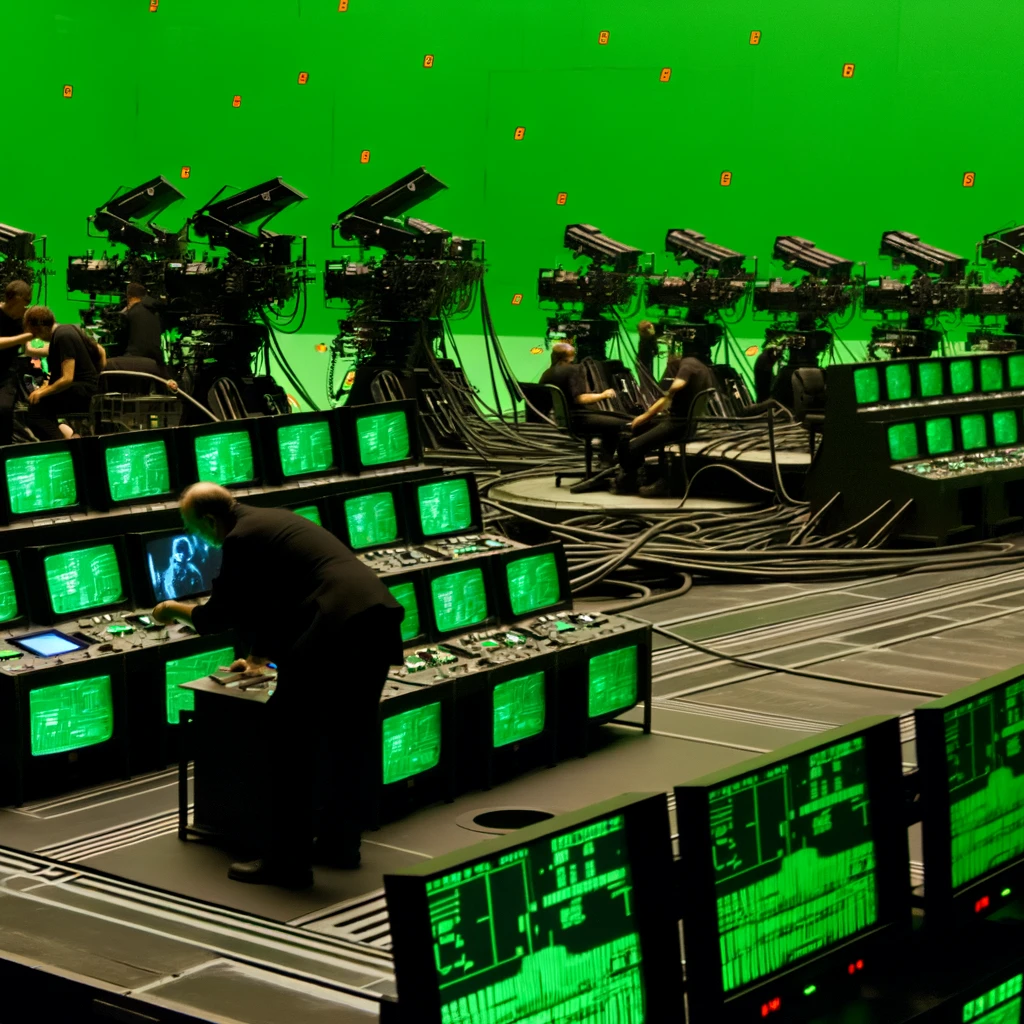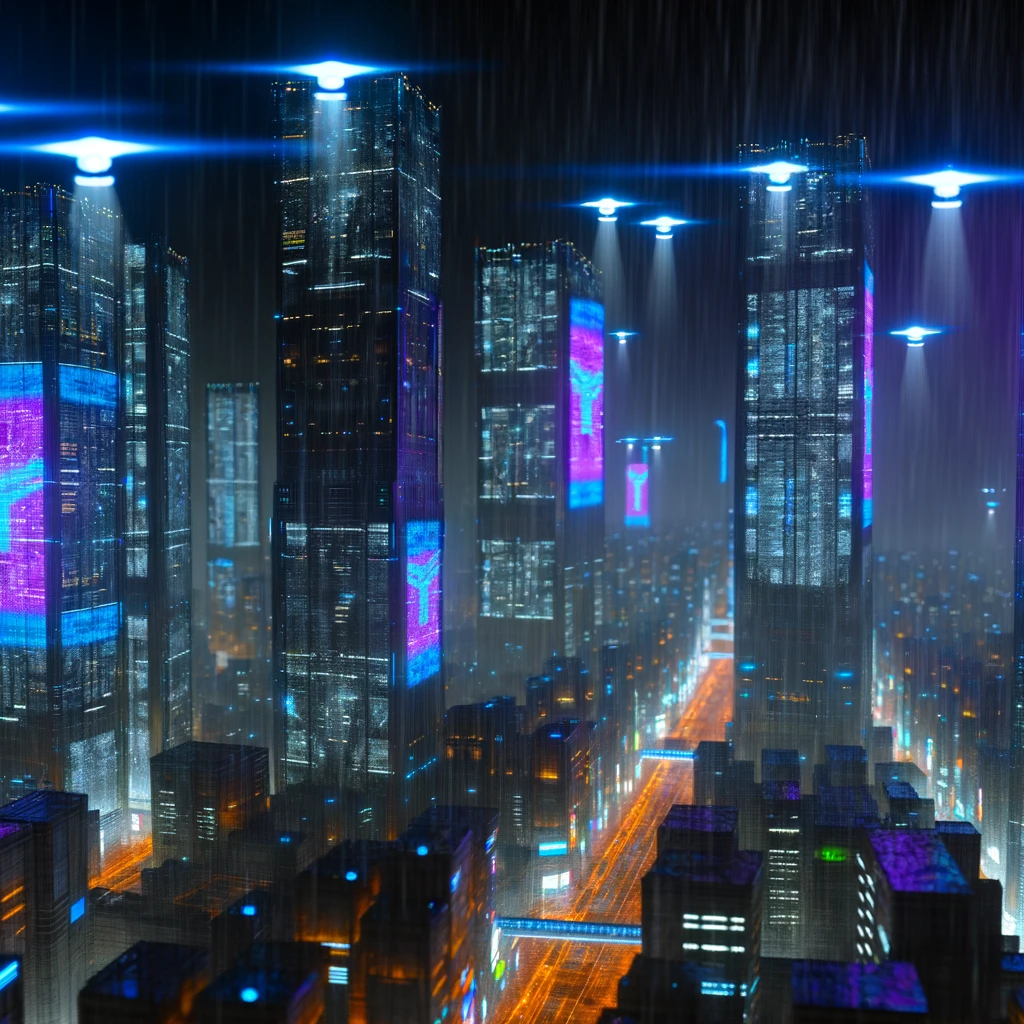The Evolution of CGI in 90s Cinema: A Visual Journey
The 1990s marked a revolutionary period for the film industry, primarily driven by the advent and evolution of Computer Generated Imagery (CGI). This decade saw CGI transition from a novel technological experiment to a core component of blockbuster filmmaking, fundamentally altering the visual storytelling landscape.
The Dawn of CGI in Film
Before delving into the 1990s, it's essential to understand CGI's early roots. The late 1980s set the stage with films like The Abyss (1989) by James Cameron, featuring pioneering water tentacle effects. These early attempts paved the way for more sophisticated uses in the following decade.
Milestones in 90s CGI
The 1990s were a fertile ground for CGI experimentation and innovation. Here are some pivotal moments:
- Terminator 2: Judgment Day (1991): Directed by James Cameron, this film showcased groundbreaking morphing effects, particularly the liquid metal T-1000 character, setting a new standard for CGI in action films.
- Jurassic Park (1993): Steven Spielberg’s masterpiece brought dinosaurs back to life with an unprecedented level of realism, combining animatronics with CGI to create lifelike creatures that captivated audiences worldwide.
- Toy Story (1995): Pixar's Toy Story was the first feature-length film entirely created using CGI. This landmark achievement demonstrated CGI's potential in storytelling beyond live-action films.
Technological Advancements
The evolution of CGI in the 90s was not just about creative storytelling but also about technological advancement. Innovations in software and hardware allowed filmmakers to push the boundaries of what was visually achievable.
Companies like Industrial Light & Magic (ILM) and Pixar were at the forefront, developing proprietary technologies that allowed for more complex and realistic CGI effects. The development of powerful rendering software, such as RenderMan by Pixar, played a crucial role in producing high-quality images.
The Impact on Filmmaking
The integration of CGI into mainstream cinema had a profound impact on filmmaking:
- Expanding Creative Horizons: Directors could now envision and execute scenes that were previously impossible or prohibitively expensive using traditional practical effects.
- Changing Audience Expectations: As CGI became more prevalent, audiences began to expect larger-than-life visuals and effects, pushing filmmakers to continually innovate.
- Influencing Film Genres: CGI opened up new possibilities for science fiction and fantasy genres, leading to a surge in films exploring these themes with fresh visual dynamics.
Challenges and Criticisms
Despite its revolutionary impact, the rise of CGI also faced criticism. Some argued that an over-reliance on CGI could detract from storytelling, leading to visually stunning but narratively weak films. Moreover, the high cost and technical complexity of CGI production posed significant challenges for filmmakers.
The Legacy of 90s CGI
The innovations of the 1990s laid the groundwork for the CGI-dominated film industry we see today. The techniques and technologies developed during this transformative decade continue to influence contemporary cinema.
Films from this era are not only celebrated for their pioneering visual effects but also for how they expanded the narrative possibilities of film. The 90s taught filmmakers that with imagination and technology, the only limit is the filmmaker's vision.
Conclusion
The evolution of CGI in 90s cinema represents a pivotal chapter in film history, one that forever changed the landscape of visual storytelling. As we look back, these films remind us of the power of innovation and how technology can redefine art forms, captivating audiences and inspiring future generations of filmmakers.
Related Articles





